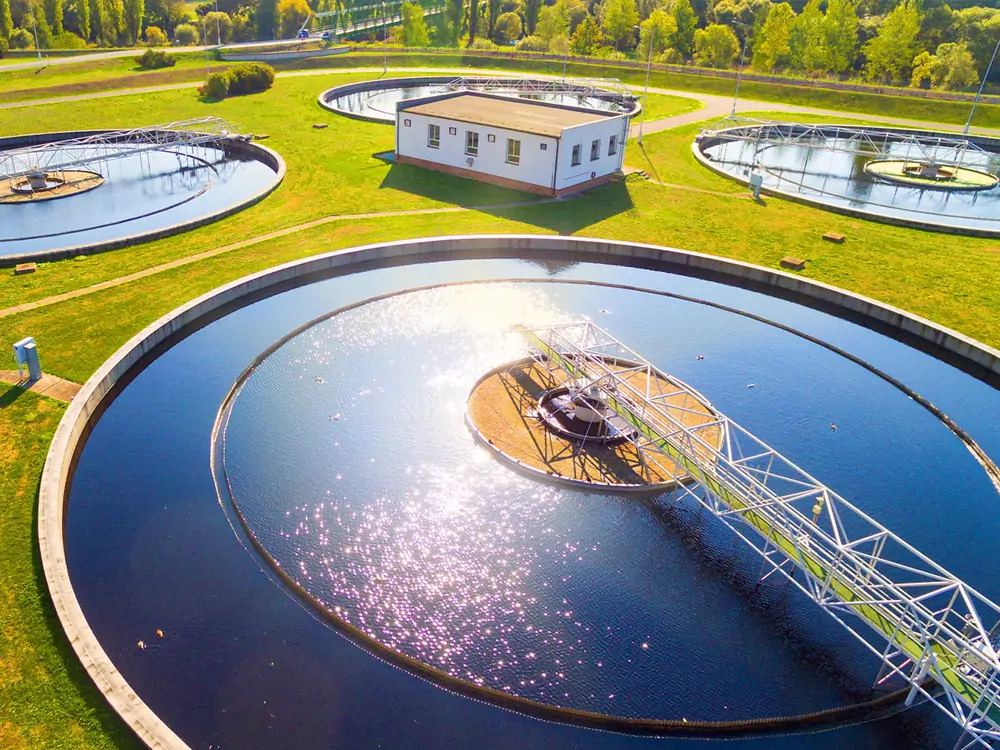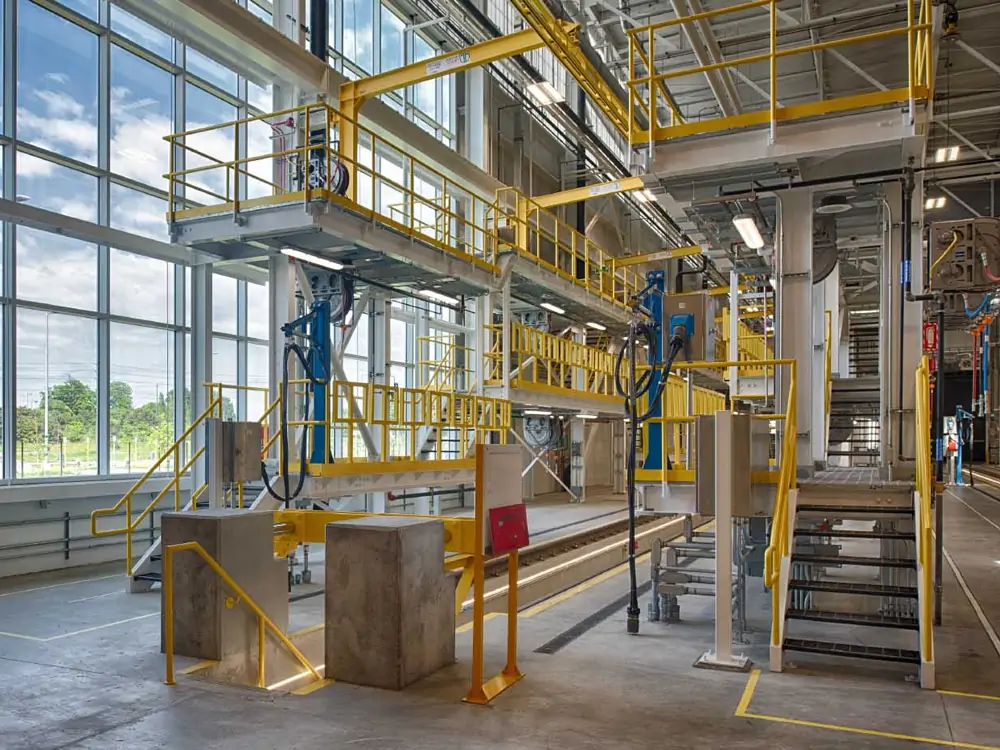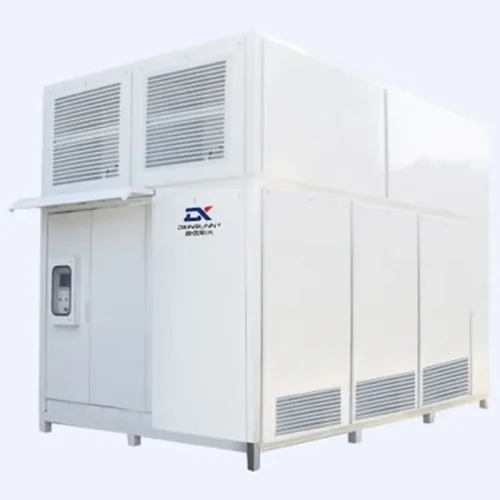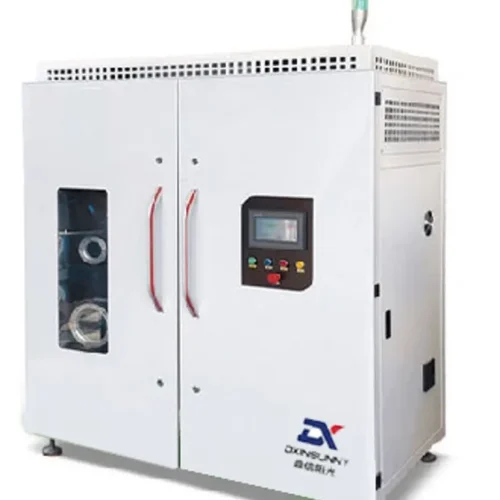Core Advantages

Beneficial for Water Resources and Cost-saving
It helps alleviate the scarcity of freshwater resources as seawater desalination is a recognized optimal solution for freshwater shortage. Moreover, it has a lower scaling tendency and achieves energy conservation and cost reduction by utilizing waste heat for low-temperature distillation, maximizing the use of low-grade waste heat to avoid energy waste and cut operating costs.
Convenient in Operation and Maintenance
It features easy operation and maintenance with full automatic control, quick startup, high process integration degree, and stable operation.

Effective Solution for Freshwater Scarcity

Low Scaling Tendency

Energy Conservation and Cost Reduction

High Degree of Automation

Quick and Easy Startup

High Process Integration and Stable Operation

Effective Solution for Freshwater Scarcity
Low Scaling Tendency


Energy Conservation and Cost Reduction
High Degree of Automation


Quick and Easy Startup
High Process Integration and Stable Operation

Product Specifications
| Product Specification | Details | Product Specification | Details |
| Heating Power | 6.0 kW | Energy Efficiency Rating | A++ |
| Refrigerant Type | R410A | Applicable Area | 50-150㎡ |
| Power Supply Voltage | 220V / 50Hz | Noise Level | ≤25 dB |
| Dual Inverter Technology | Supported | Smart Temperature Control | Supported |
| Remote Control | Mobile App Remote Control | Auto Defrost Function | Supported |
| Operating Temp Range | -15℃ to 45℃ | Weight | 40 kg |
| Dimensions (L x W x H) | 850mm x 300mm x 650mm | Installation Method | Ceiling / Wall Mounted |
Application:

Island Water Supply
Islands often face severe shortages of freshwater resources due to their geographical limitations. The waste heat multi-effect seawater desalination technology can be installed on islands to convert abundant seawater into freshwater, providing a stable and sustainable water supply for the daily life of residents, as well as for agricultural irrigation and tourism activities on the islands.

Coastal Cities and Towns
In coastal areas where the population is dense and the demand for freshwater is high, this desalination technology can be utilized to augment the existing water supply sources. It helps meet the growing needs of domestic water use, industrial production, and urban landscaping, reducing reliance on limited freshwater from inland areas and groundwater.

Marine Vessels and Offshore Platforms
Marine vessels during long voyages and offshore platforms in the ocean need a reliable source of freshwater for the crew’s living and various operational purposes. The compact and efficient waste heat multi-effect seawater desalination system can be integrated into these facilities, using the waste heat generated by the ship’s engines or the platform’s power equipment to produce freshwater on-site, ensuring a continuous supply without the need to carry large amounts of freshwater reserves.

Desert Coastal Regions
Desert coastal areas have access to seawater but lack freshwater. Applying this desalination technology can transform seawater into usable freshwater for drinking, industrial development, and ecological restoration projects in these regions. It can support the establishment of new communities and the expansion of economic activities while improving the local ecological environment.

Industrial Water Use
Many industries, such as power plants, chemical plants, and manufacturing facilities located near the coast, require a significant amount of freshwater for their production processes. The waste heat multi-effect seawater desalination technology can provide them with a cost-effective alternative water source. It can make use of the waste heat from industrial processes themselves to desalinate seawater, reducing the demand for freshwater from traditional sources and lowering production costs related to water consumption.

Emergency Water Supply
In the event of natural disasters like droughts or tsunamis that disrupt the normal freshwater supply systems, this desalination technology can be quickly deployed as an emergency water supply solution. Its relatively quick startup and ability to operate stably can produce freshwater in a short time to meet the urgent needs of affected populations for drinking, sanitation, and other essential purposes.
Multi – effect Seawater Desalination Equipment with Waste Heat
Details
Working Principle:
The waste heat multi-effect seawater desalination technology first pre-treats seawater to remove impurities. Then, it feeds the seawater into a series of horizontal tube spray falling film evaporators. Waste heat steam enters the first effect, causing the seawater to evaporate below 70°C as it forms a falling film. The vapor condenses in the corresponding condenser to produce distilled water, while the brine moves to the next effect where evaporation repeats at a lower temperature. The brine circulation system manages brine flow, and the control and monitoring system adjusts operations based on parameters to ensure stable and efficient desalination, ultimately obtaining a large quantity of distilled water using waste heat with low energy consumption and high efficiency.


Efficiency and Performance:
The waste heat multi-effect seawater desalination technology exhibits notable efficiency and performance. It has a high water recovery rate, typically ranging from 60% to 90%, maximizing seawater utilization. Effective waste heat utilization reduces reliance on traditional energy and improves overall energy efficiency. Low energy consumption per unit of water produced makes it economically viable. In terms of performance, it offers stable operation due to the well-designed components and coordinated systems. The control and monitoring system ensures reliable and continuous production of distilled water, with minimal disruptions and consistent quality output, making it a highly effective solution for addressing freshwater scarcity.
Frequently asked questions
The pre-treatment unit plays a crucial role in handling changes in seawater salinity. It can adjust the filtration and purification processes according to the detected salinity levels. In the evaporation process, the multi-effect design allows for a certain degree of adaptation. As the salinity of the brine increases in each subsequent effect, the system can still maintain relatively stable operation. The control and monitoring system continuously monitors the salinity and adjusts parameters like the flow rate of seawater and brine circulation to ensure that the evaporation and condensation processes are not severely affected by salinity fluctuations.
With proper care, evaporators last 10 – 15 years and condensers 8 – 12 years, but harsh conditions can shorten them.
The pre-treatment unit removes many impurities from the seawater before it enters the evaporation process. During evaporation and condensation, the design of the evaporators and condensers helps to separate contaminants. The control and monitoring system ensures that the temperature, pressure, and flow rate are maintained within optimal ranges to prevent carryover of impurities. Additionally, post-treatment processes may be employed, such as disinfection or further filtration, to meet specific quality standards for drinking water or industrial use.
Yes, the waste heat multi-effect seawater desalination technology can be integrated with renewable energy sources. For example, solar thermal energy can be used to supplement or replace the waste heat steam input. In areas with abundant solar radiation, solar collectors can heat a working fluid that is then used to provide additional heat to the evaporators. Wind energy can also be utilized to power the pumps and other auxiliary equipment.




